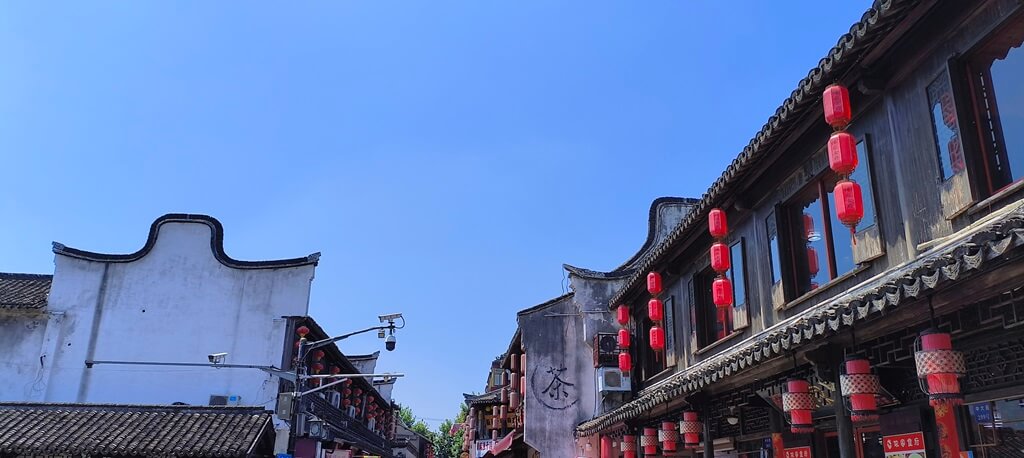近日,四川大学蒲雪梅教授和邵振华研究员团队在《Nature Communications》上发表了一项重要研究成果,提出了一种结合残基驱动的混合机器学习模型(RHML)和分子动力学(MD)模拟的新方法,成功识别了β2肾上腺素能受体(β2AR)的变构位点及潜在调节剂,并揭示了其调控机制。
研究背景与挑战
变构药物设计为现代药物研发提供了一条新的途径。然而,识别隐蔽的变构位点是一项极具挑战性的任务。变构作用涉及远程位点的结构和动态变化,广泛存在于各种生物过程中。变构药物通过非竞争性结合调节蛋白活性,具有更高的选择性和更低的毒性,已在癌症、神经精神疾病和免疫疾病等多种疾病的治疗中显示出巨大潜力。尽管分子动力学模拟可帮助识别隐匿的变构位点,但其数据量庞大,难以手动分析,并可能受人为偏见影响。因此,结合机器学习技术提高识别效率成为关键。
研究方法与创新
四川大学蒲雪梅教授和邵振华研究员团队提出了一种先进的计算流程,结合残基驱动的混合机器学习模型(RHML)和分子动力学(MD)模拟。具体而言,该研究利用高斯加速分子动力学(GaMD)模拟来增强采样,构建足够的构象空间,然后通过无监督聚类和基于可解释卷积神经网络(CNN)的多分类器构建RHML框架。该框架能够确定最佳簇数(标签)和变构位点打开时的构象状态,从而实现残基级的准确分类,识别出涉及变构位点的重要残基。
研究成果与应用
通过该方法,研究团队在β2AR中发现了位于残基D79^2.50、F282^6.44、N318^7.45和S319^7.46附近的新的变构位点及潜在调节剂ZINC5042。进一步的分子力学/广义Born表面积(MM/GBSA)和蛋白质结构网络(PSN)分析揭示了变构效力及调控机制。实验验证显示,ZINC5042以负协同方式减弱正位激动剂与β2AR的结合,并阻碍了钠离子结合口袋的坍塌和PIF基序向活性态的构象转变,从而驱动受体构象向非活性态转变。
研究意义与展望
该研究解决了现有机器学习模型在MD构象分析中的局限性,包括最佳类别数、构象表示中的信息丢失和基于残基的预测结果解释。因此,RHML能够对任何MD轨迹进行准确的构象分类和识别决定不同构象类别的重要残基。此外,该团队还上传了一个用户友好的残基直观混合机器学习框架代码,供其他研究人员使用。
结语
四川大学蒲雪梅教授和邵振华研究员团队的研究为变构药物设计提供了新的方法和工具,有助于提高药物研发的效率和成功率。该方法不仅适用于β2AR,还可以应用于其他G蛋白偶联受体(GPCR)家族成员的变构位点识别和调节剂筛选,为未来药物设计和开发提供了新的方向。
Views: 0
